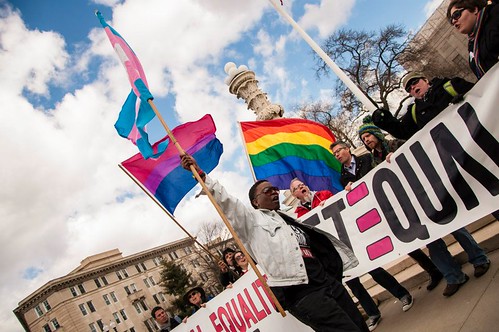BiUK- looking back, looking forwards.
01/11/2017
BiUK was established in 2004 by Meg-John Barker and Christina Richards, in order to promote and support bisexuality research in the UK and to create a link between academics and activists. It has always been run by a small core of volunteers, with no resources or funding other than that donated by members.
Our achievements so far include:
- BiReCon: a biennial conference for academics, activists and practitioners interested in bisexuality research- and its European spin-off, EuroBiReCon;
- The Bisexuality Report: an influential 2012 report about the experiences of bisexual people in the UK, with in excess of 100,000 downloads;
- Membership of the National LGBT Partnership ;
- Attending a historic White House briefing on bisexuality;
- Working with the National LGBT Hate Crime Unit to produce resources to help individuals affected by hate crime, and to support agencies tackling hate crime.
Because of this increased profile, in 2014 It was decided that BiUK should become a more formally-constituted organisation. A Board of Trustees was established, and membership was closed in order to allow the Board to establish the scope and remit of the organisation, and to investigate funding possibilities.
However, this move resulted in an unsustainable administrative burden for the Board, taking time away from our core work of promoting research and activism in the UK and beyond, while also preventing us from recruiting new members who might be able to contribute time and energy to the organisation.
The Board has therefore decided to step back from formalising BiUK, and to return the organisation to its original status as a loose network of academics and activists.
Business as usual
This is a internal restructure, so most stakeholders will be unlikely to notice any change in their dealings with BiUK. Our members will continue to conduct internationally-recognised research on bisexuality; to sit on the National LGBT Partnership; to engage with the media, and to provide research-informed advocacy on behalf of bi people with Government and decision-makers. We will continue to organise events bringing together academics, activists, practitioners and community members, and, where invited, to represent bi people and bi communities on wider stakeholder groups and at speaking/training events.
Stepping back from the formalisation process also means that BiUK is once again able to open to new members, and details of how to join will be announced soon.




You must be logged in to post a comment.